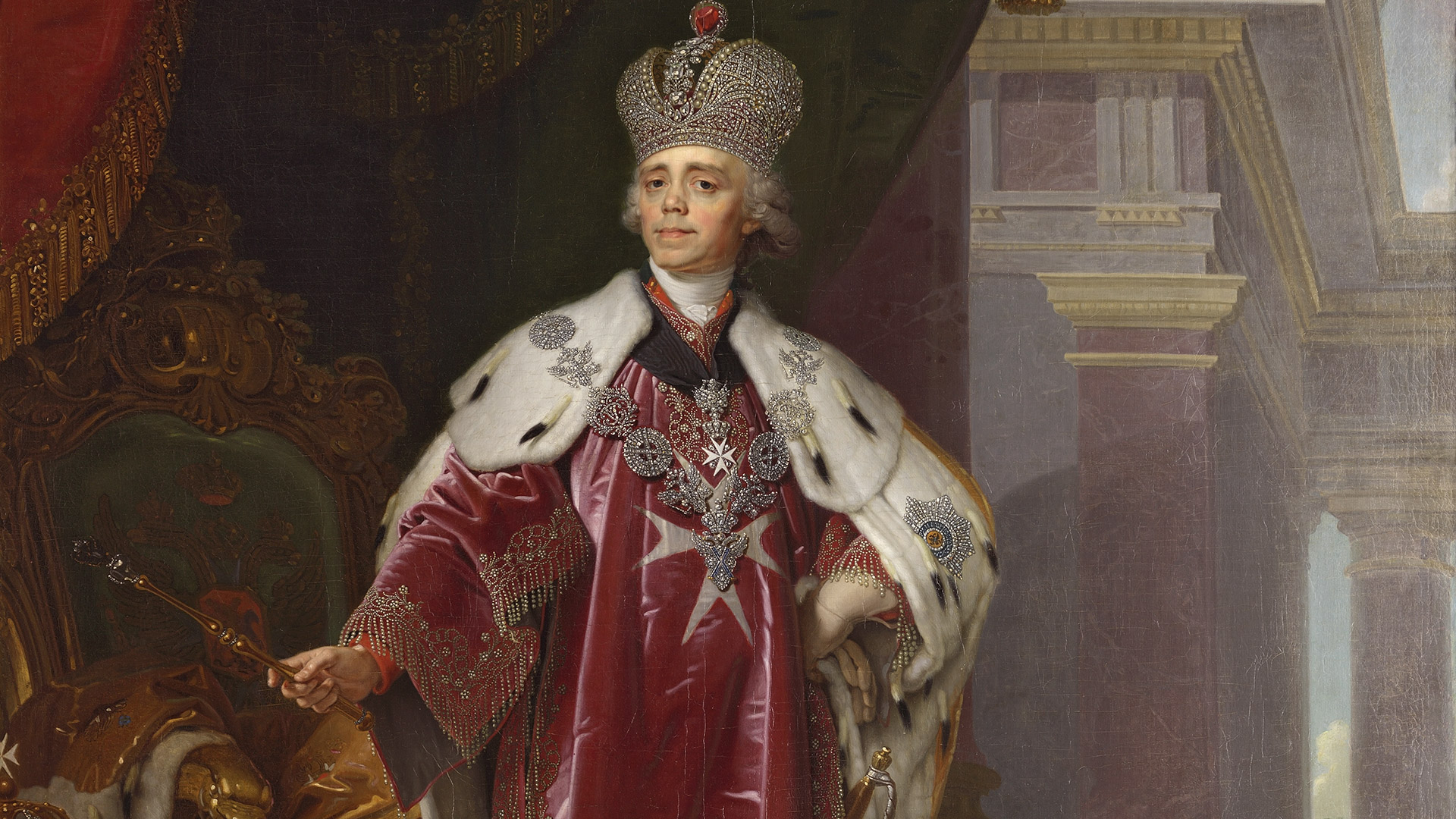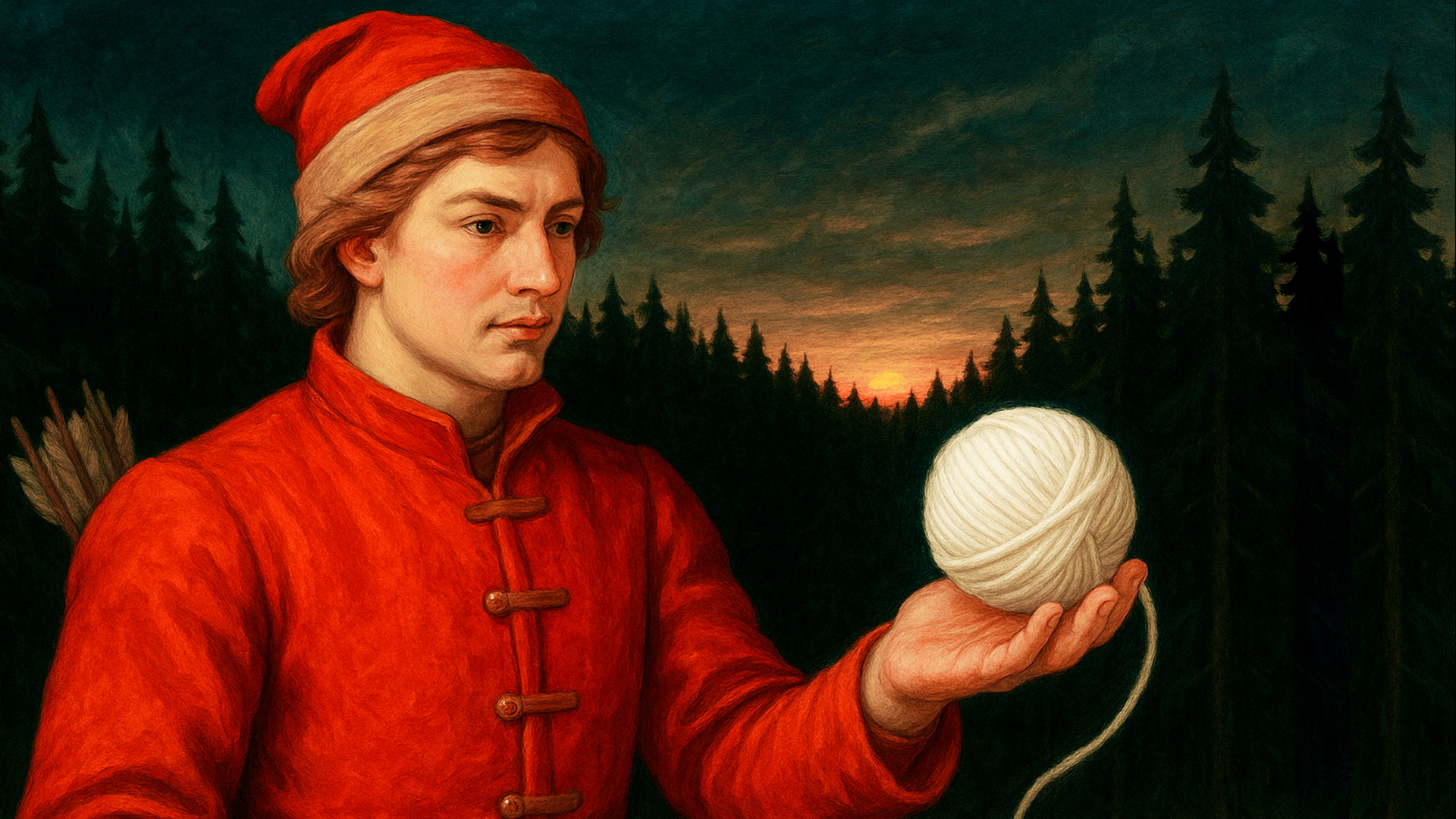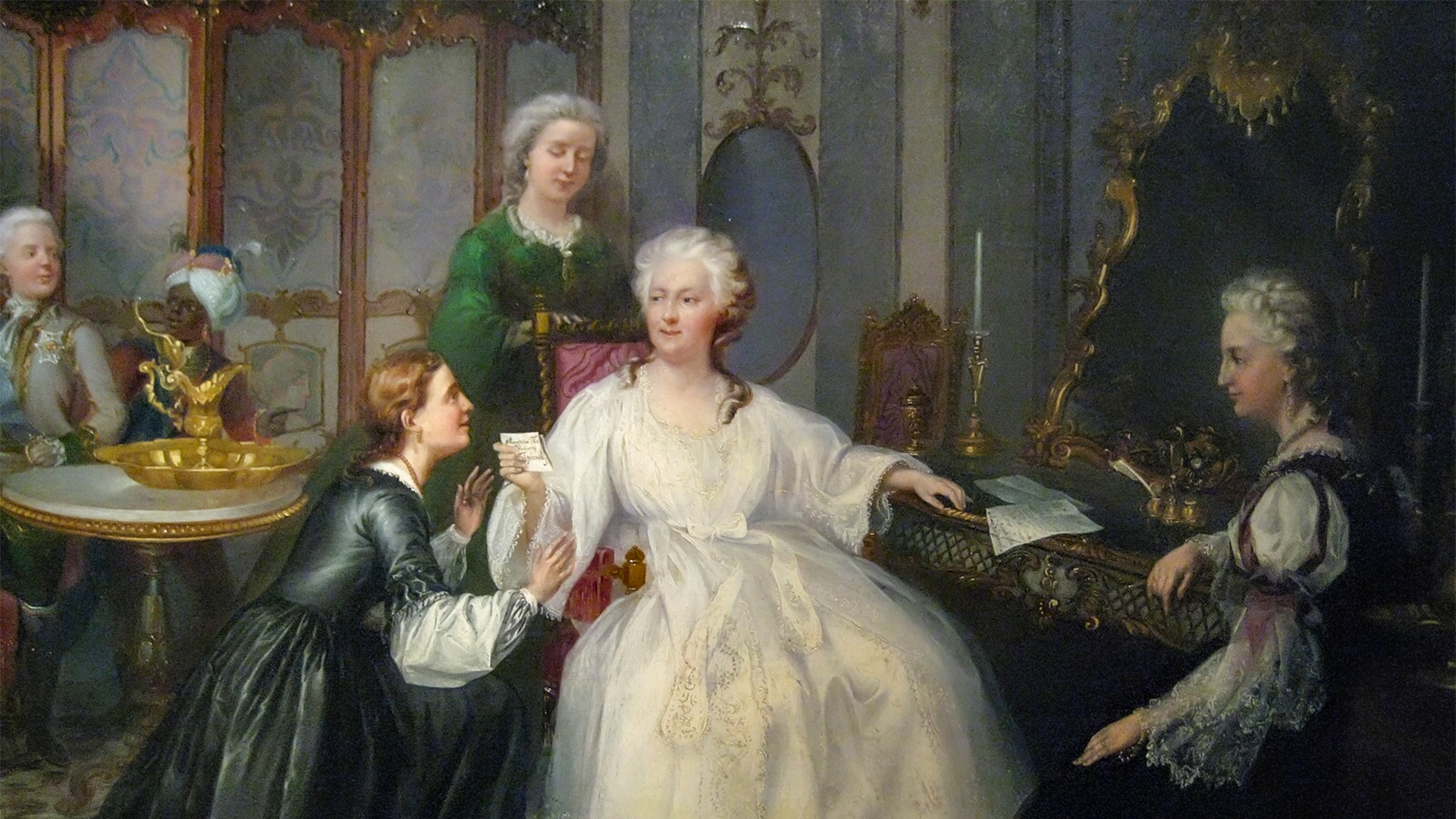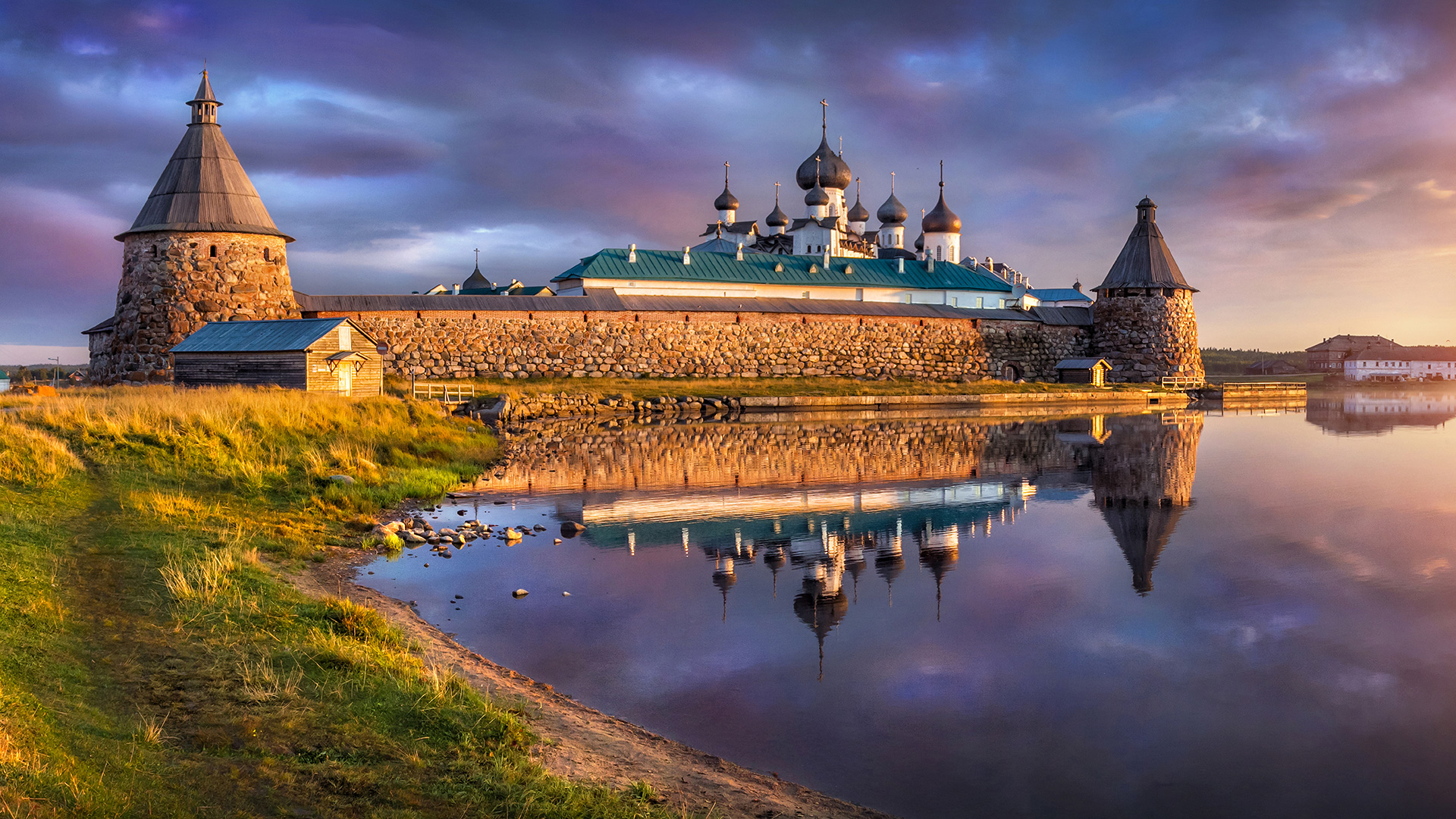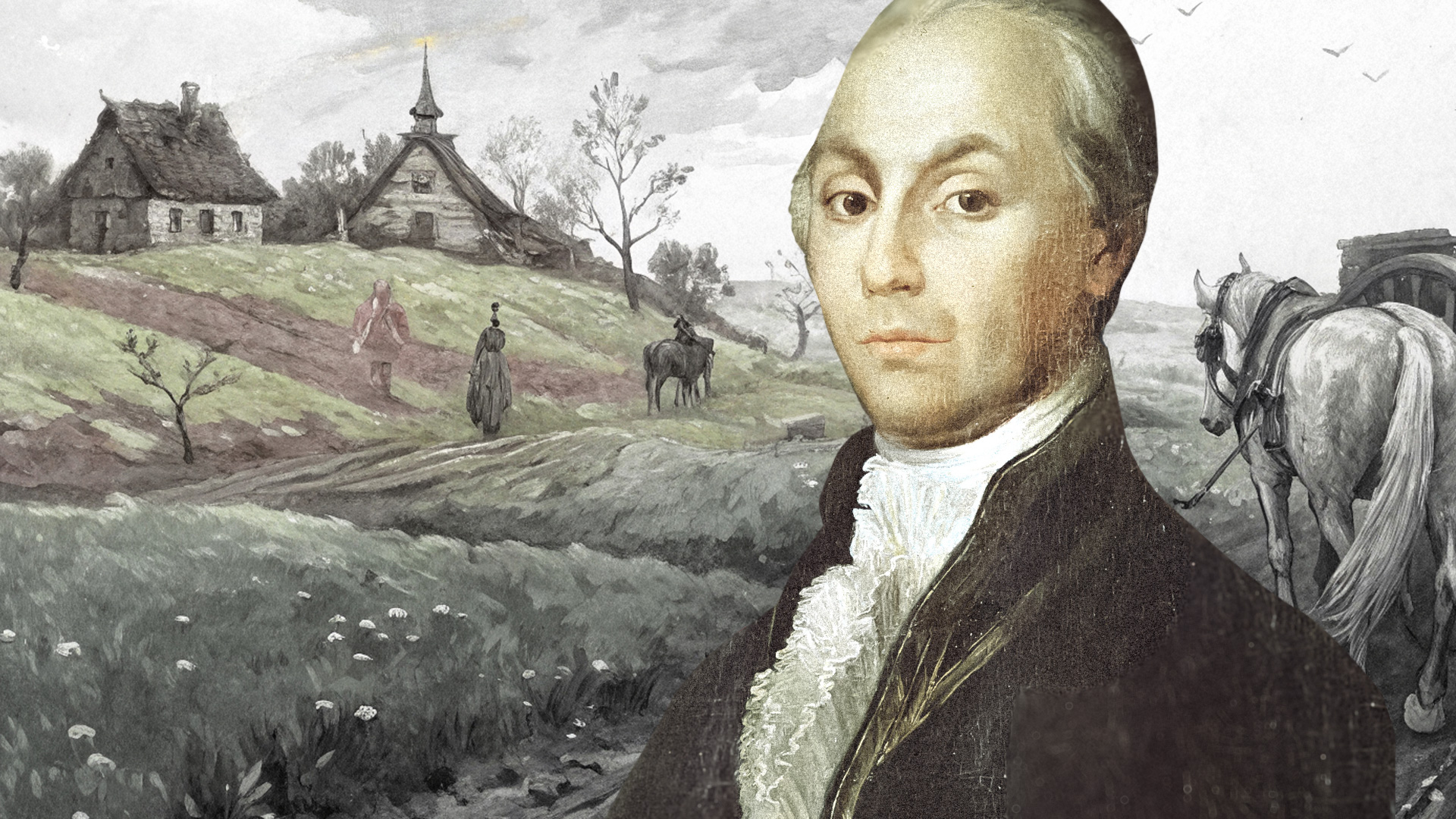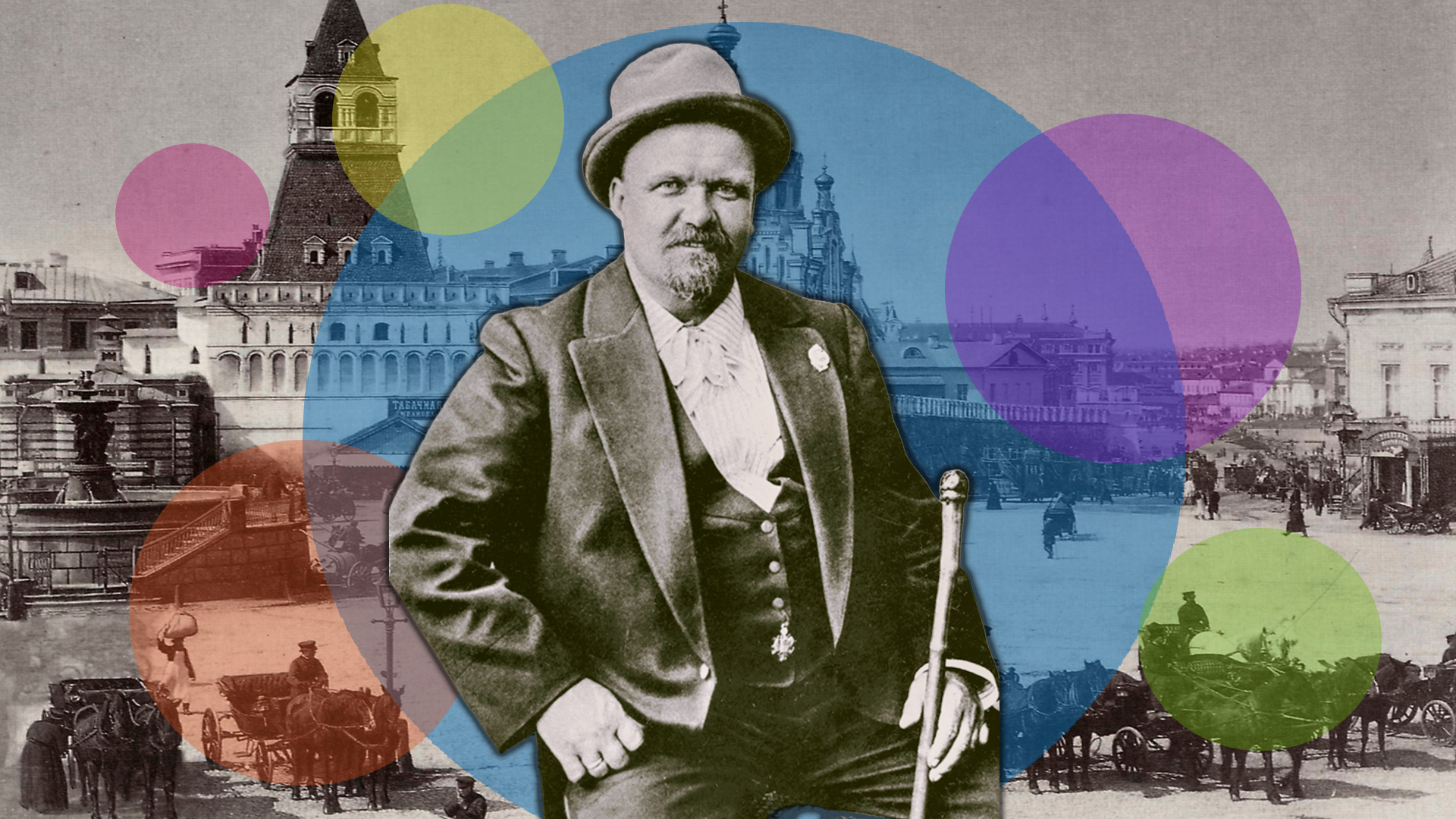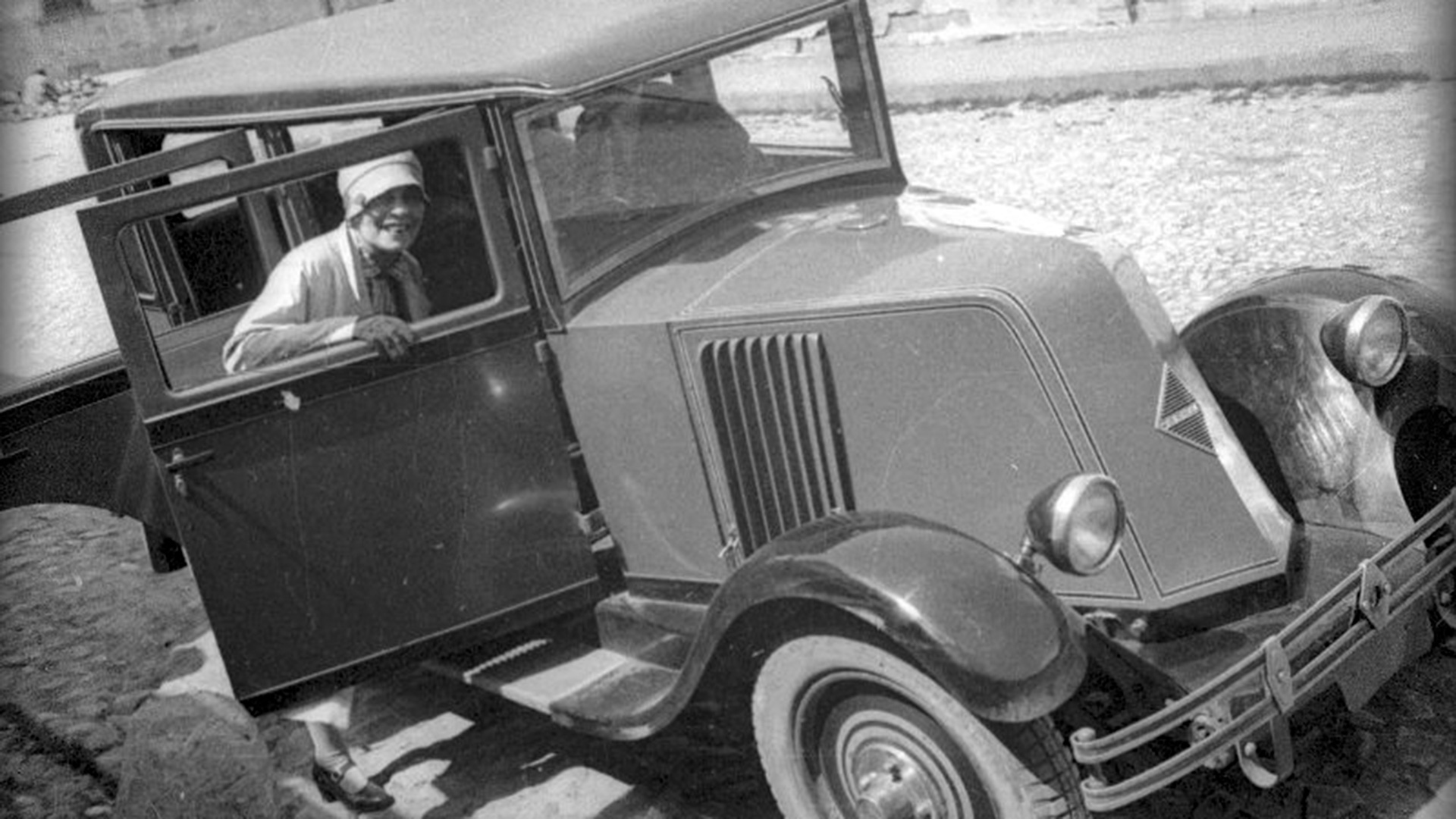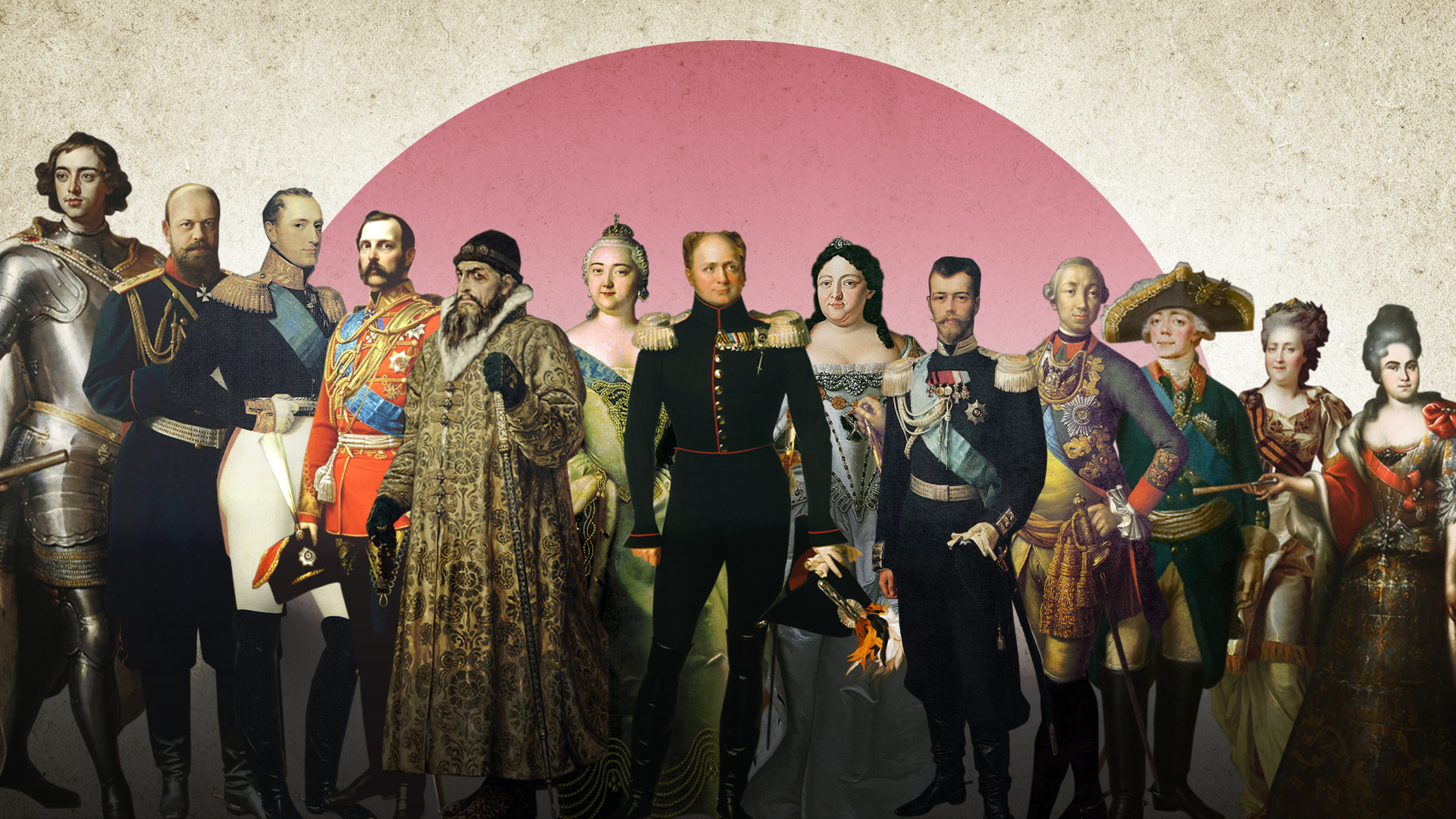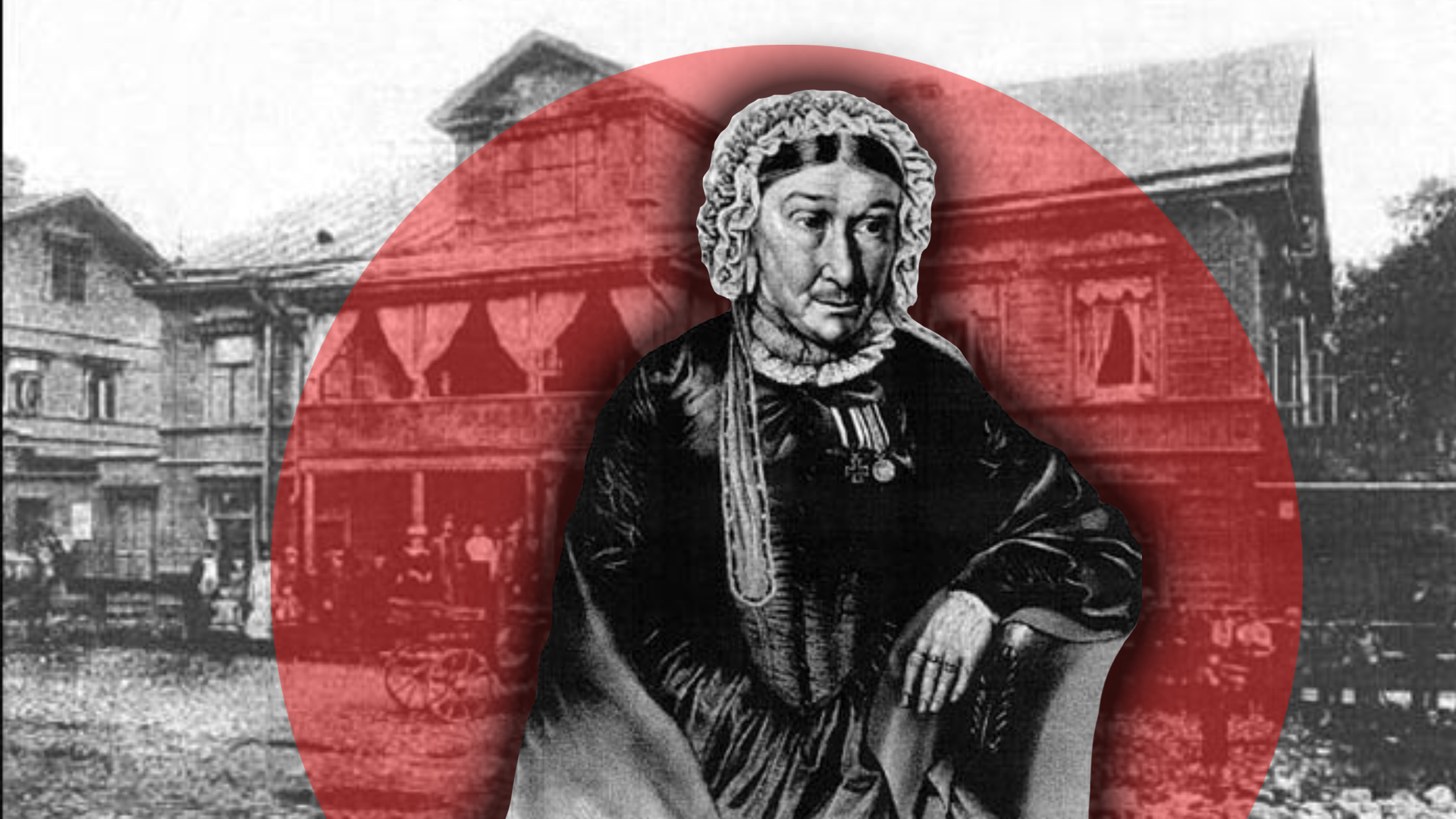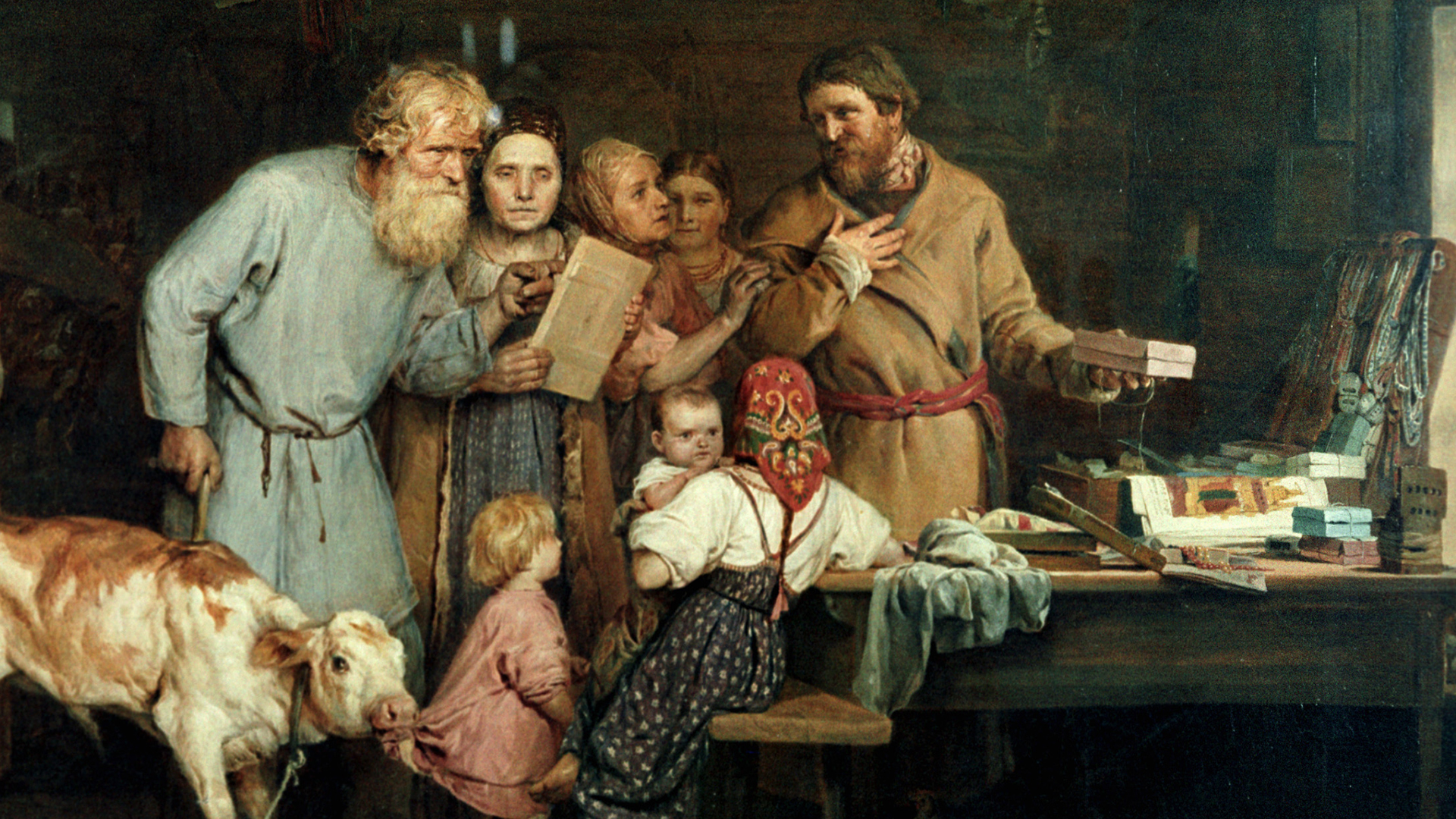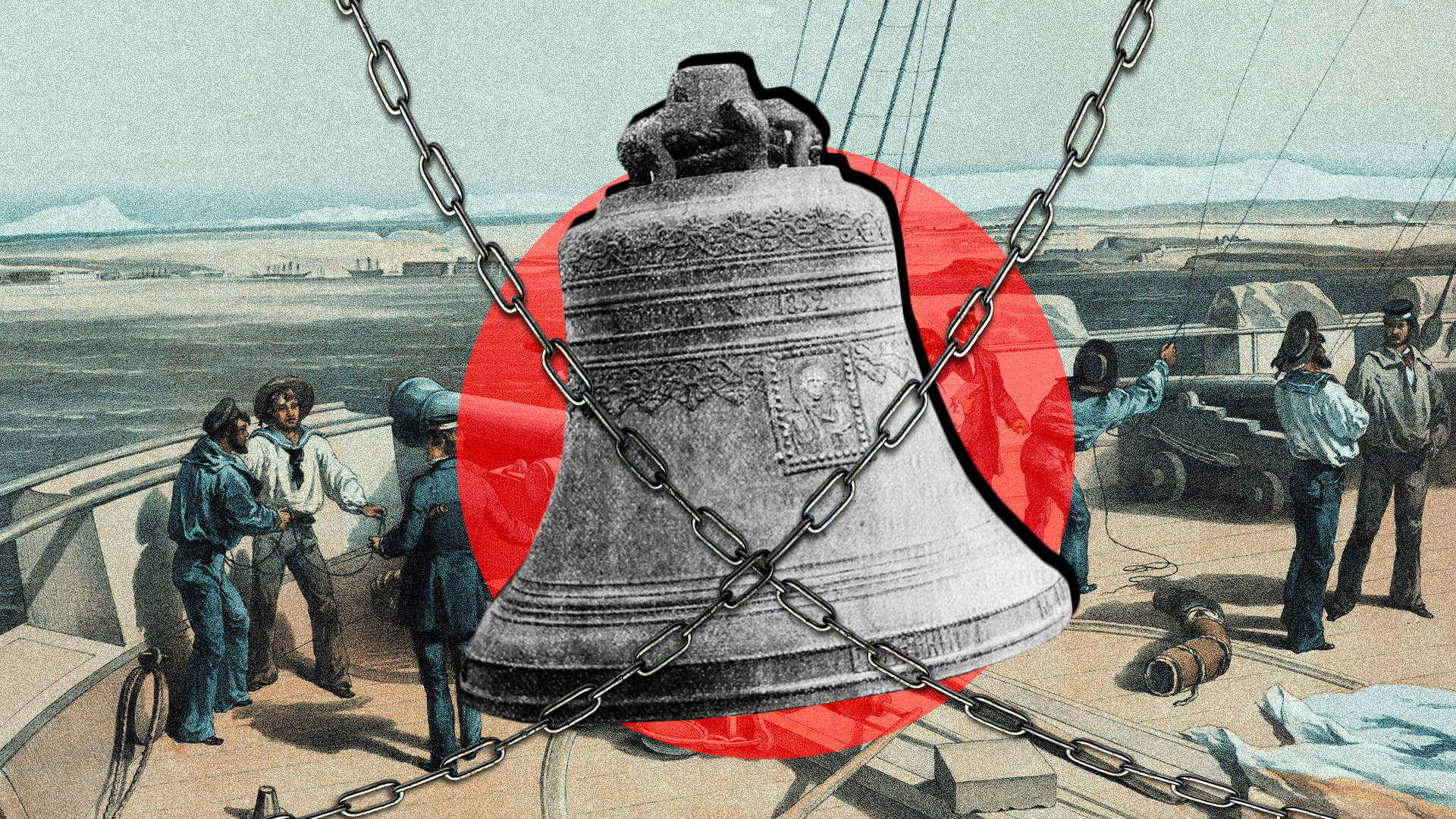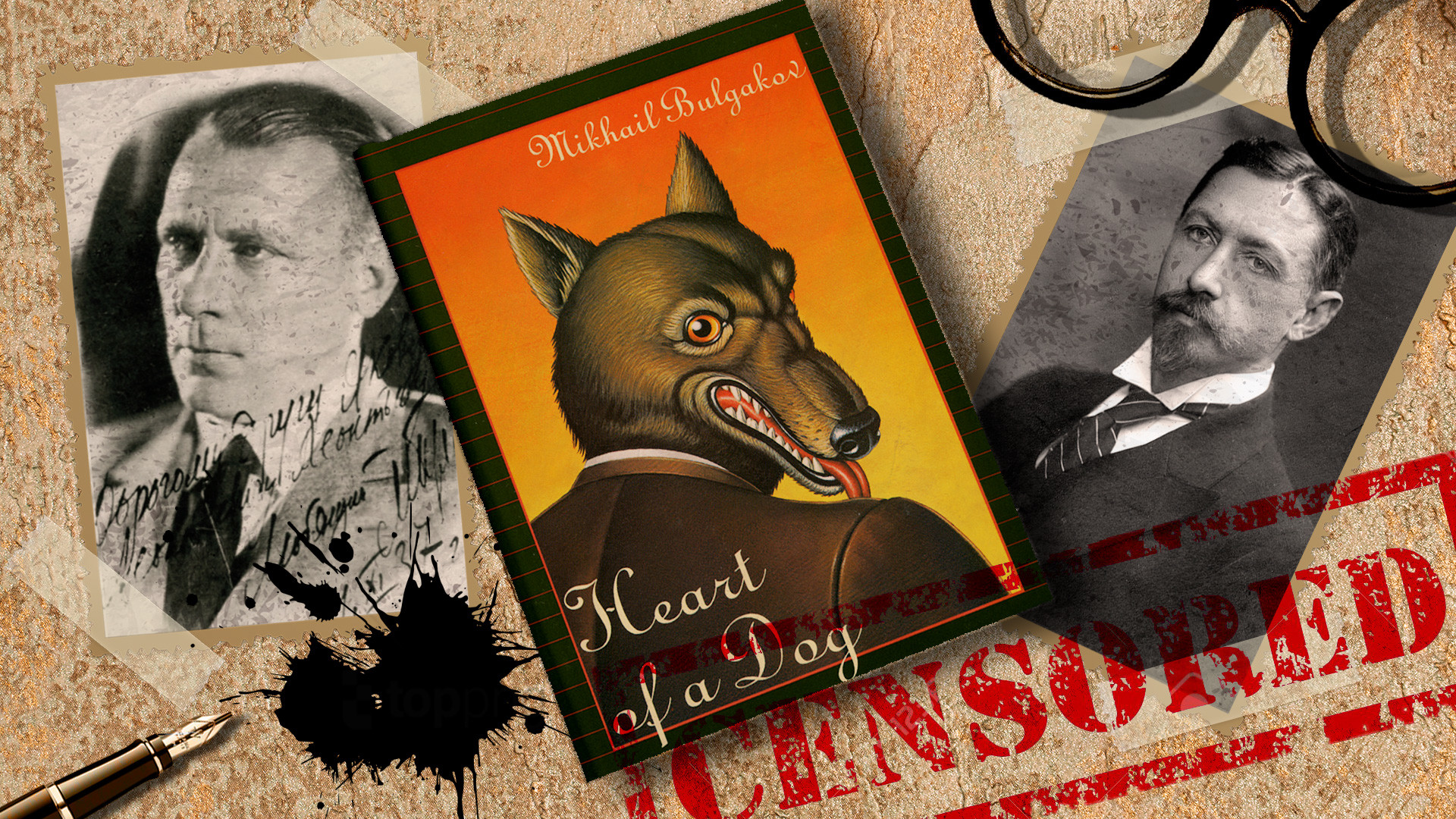
The USSR's most popular magazine & how it bypassed censorship

In January 1925, the first issue of ‘Novy Mir’ saw the light of day. Without exaggerating, we can call it the main and most popular Soviet magazine.
This monthly publication was founded as a “literary, political and scientific magazine” on the initiative of Yuri Steklov, editor-in-chief of ‘Izvestia’ newspaper. In the beginning, People's Commissar of Education Anatoly Lunacharsky himself edited ‘Novy Mir’.
 Issues of the ‘Izvestia’ publishing house: ‘Izvestia’ daily newspaper, ‘Krasnaya Niva’ weekly magazine & ‘Novy Mir’ monthly magazine.
Issues of the ‘Izvestia’ publishing house: ‘Izvestia’ daily newspaper, ‘Krasnaya Niva’ weekly magazine & ‘Novy Mir’ monthly magazine.
‘Novy Mir’ has always been famous for its courage and would publish the most controversial and talented works of Soviet writers. Often, the magazine found itself at the center of scandals and editors were fired. But, it continued to operate, even during World War II.
In different times, ‘Novy Mir’ printed poems by Osip Mandelstam, works by Maxim Gorky, the epic novel ‘And Quiet Flows the Don’ by Mikhail Sholokhov, ‘Theatrical Novel’, poems by Yevgeny Yevtushenko and Andrei Voznesensky, ‘A Book of the Blockade’ by Daniil Granin and Ales Adamovich, as well as the best war novels by Vasily Grossman, Valentin Kataev and Konstantin Simonov.
In 1947, ‘Novy Mir’ became the official magazine of the Soviet Union of Writers and began publishing the main literary novelties. While books were in short supply, the whole country subscribed to the magazine and was immersed in reading not only fiction, but also sharp publicistic articles and critical op-eds.
Magazine of Tvardovsky and handling the censorship
 Alexander Tvardovsky, ‘Novy Mir’ editor-in-chief (1950-54, 1958-1970)
Alexander Tvardovsky, ‘Novy Mir’ editor-in-chief (1950-54, 1958-1970)
The golden age of the magazine began in 1958, when Alexander Tvardovsky took over the editorial office (for a second time). He was a famous and authoritative Soviet poet and the author of the iconic war poem ‘Vasily Terkin’. Tvardovsky was in charge of ‘Novy Mir’ for more than a decade and it was often referred to as “Tvardovsky's magazine”.
Many works were printed only thanks to his efforts. “Authors submitted a great amount of fiction and journalistic articles to the magazine that could not be printed because of censorship,” Tvardovsky's daughter Valentina recalled in an interview.
“Father, by the way, always felt what could pass and what could not. And he would painfully decide whether it was worth fighting for a particular work or whether it should be postponed; whether to publish this or that manuscript with amendments and minor deletions or to delay, in order to print it in its entirety later.”
Despite so many successes, Tvardovsky is still blamed for refusing to publish Mikhail Bulgakov's ‘The Master and Margarita’. But, few people remember that, just before it, he struggled a lot fighting with censors over Bulgakov’'s ‘Theatrical Novel’.

Now considered a genius, poet Joseph Brodsky was also the one that got rejected by Tvardovsky. Before emigrating, young Brodsky brought his poems to the editor and the latter responded with a polite letter: he praised the poet for his “filigree work” and high level of poetry, but added that his compositions were “not in the spirit of the magazine”. He offered to send other poems in the future. However, an ego-bruised Brodsky did not send anything else.
Ironically, it was ‘Novy Mir’ that first “officially” published Brodsky’s poems during perestroika.
‘Novy Mir’ also contributed indirectly to the bullying of Boris Pasternak. In 1956, the writer submitted a manuscript of his novel ‘Doctor Zhivago’ to the magazine, but the editors wrote him a collective letter refusing to print it and warning that such ideological content could not appear on the pages of the Soviet press.
After Pasternak was awarded the Nobel Prize in 1958, a whole campaign against the writer and his “anti-Soviet novel” was raised and the editorial board's letter to Pasternak was published in the ‘Literaturnaya Gazeta’ (‘Literary Newspaper’). In 1988, however, ‘Novy Mir’ finally printed ‘Doctor Zhivago’ in full, without any censorship exceptions.
It was thanks to Tvardovsky that the Gulag, previously a completely taboo subject, was first discussed in its pages. In 1962, ‘Novy Mir’ published the story ‘One Day of Ivan Denisovich’ by Alexander Solzhenitsyn. Tvardovsky asked Nikita Khrushchev personally for permission to publish it.
 Solzhenitsyn in the Gulag
Solzhenitsyn in the Gulag
Solzhenitsyn's literary debut became one of the symbols of the ‘Khrushchev Thaw’. The author, himself imprisoned for almost 10 years, described a day in the camp through the eyes of a prisoner, a simple Russian peasant. The story was greeted enthusiastically by prominent writers and it had a devastating effect on the masses.
Much later, during perestroika, ‘Novy Mir’ published Solzhenitsyn’s other works, such as ‘The Gulag Archipelago’, ‘In the First Circle’ and ‘Cancer Ward’.
The boom of perestroika printing
In the late 1980s, when glasnost swept the USSR and censorship shackles fell, the magazine began to publish works that had been banned for decades. These included Boris Pasternak's ‘Doctor Zhivago’, Andrei Platonov's ‘The Foundation Pit’ and even works by foreign authors, such as George Orwell and his cult dystopia ‘1984’. Previously, these books were only available via ‘samizdat’ and only a narrow circle of people could familiarize themselves with them.
 Printing the magazine, 1988
Printing the magazine, 1988
The country was avidly reading it, as the magazine gave a dizzying sense of freedom. During perestroika, the circulation grew 10-fold and reached a circulation of one million. A bigger record was set in 1990, with the publication reaching 2.7 million (the publishing house did not know where to find so much paper!).
‘New World’ in today’s world
In the 1990s, new novels by many contemporary authors first appeared in ‘Novy Mir’, such as Viktor Pelevin, Vladimir Makanin, Alexander Kushner and Vladimir Sharov.
And now, after 100 years, the magazine is still in publication, printing 240 pages every month! Now, a digital version is also available online.
“We try to publish such content of different genres that would not be outdated, would not become meaningless after a while. And as I often repeat, the thick magazine itself is an ark of small genres, i.e. those that are not novels. Although we also publish novels in an abridged version or in excerpts, it is difficult and unnecessary to compete with publishers in this sense,” ‘Novy Mir’ acting editor-in-chief, Andrei Vasilevsky, says.



